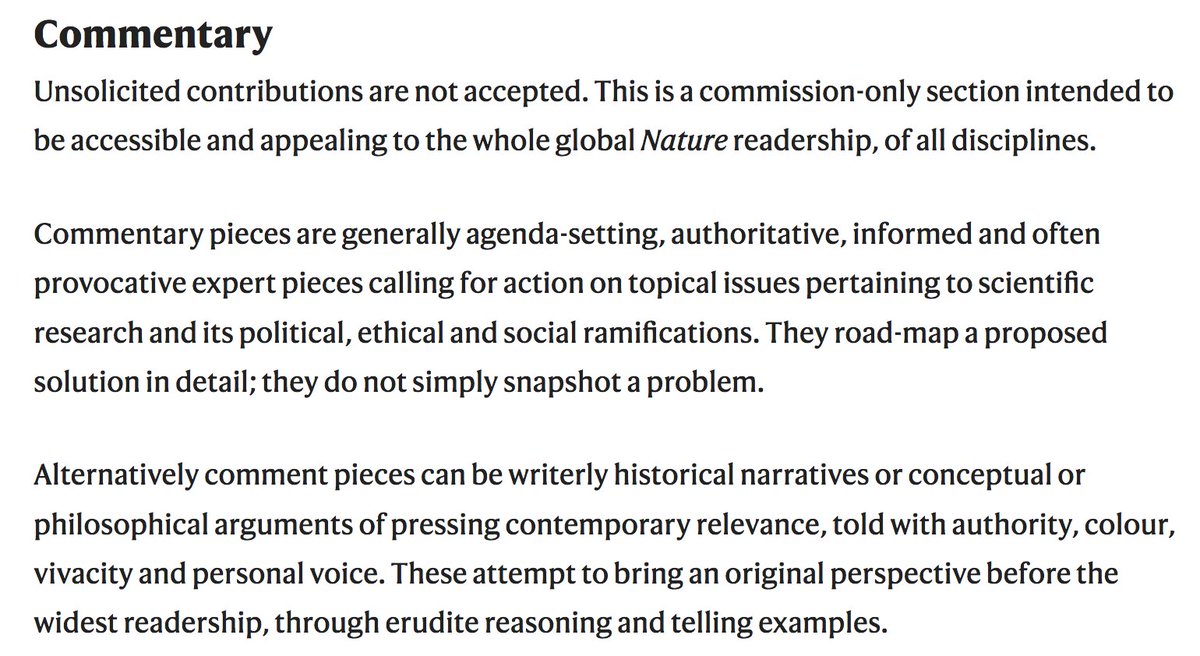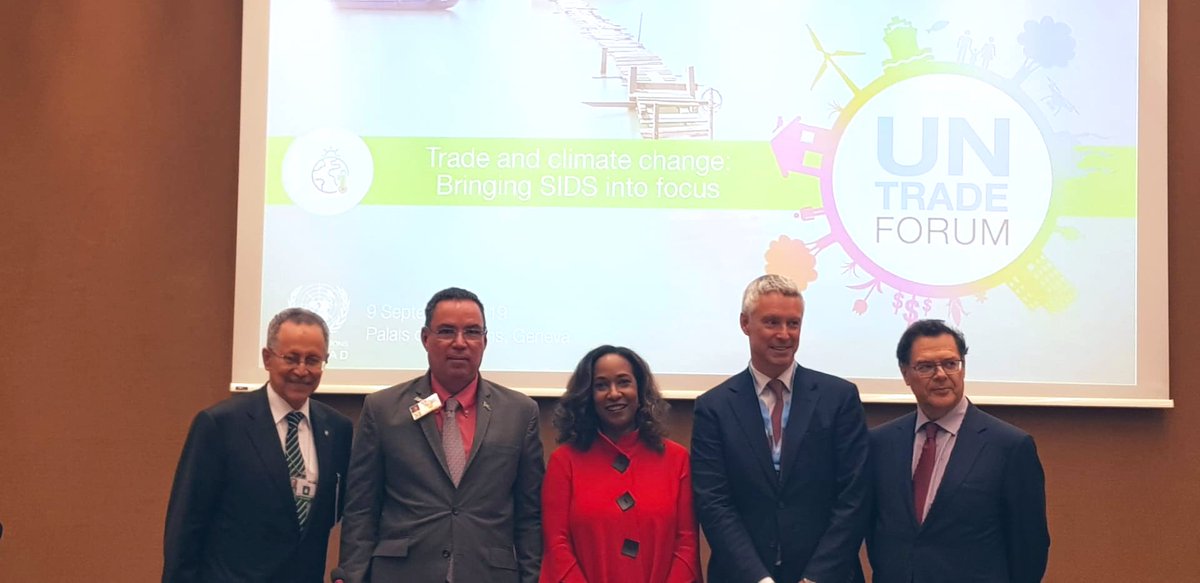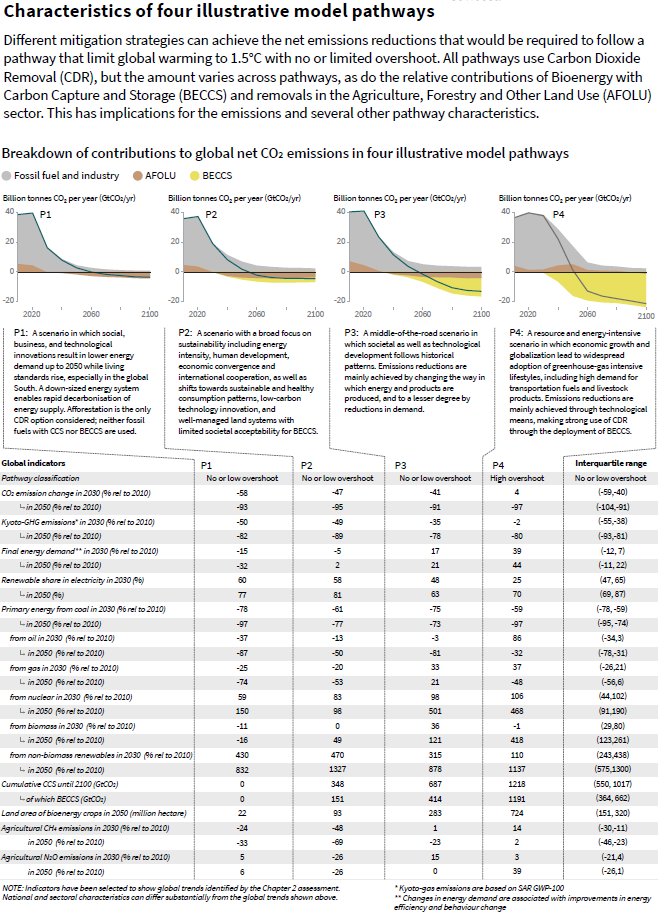Key findings from the IPCC Special Report on Climate Change and Land were presented at #COP25 this week
unfccc-cop25.streamworld.de/webcast/joint-…
For the other parts of the key findings related to projections, risks, adaptation and mitigation response options, enabling response options and action in the near term, please see the full video or go to the report page,
ipcc.ch/report/SRCCL







































